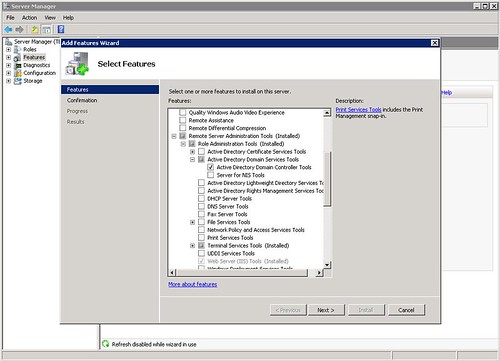Delete Microsoft Edge Browser Wallet folders to Free Up disk Space.
Can Microsoft Edge Browser Wallet Folders be Deleted?
Please share.
Making support efforts more efficient - Both large corporations and small businesses are using various methods and software.
Users can utilize the shortcut "Alt+Tab" to navigate between open remote connections and their local desktop, making it easier to manage many RDP sessions. Performance and usability can be balanced by adjusting the resolution and color depth in the connection settings. Updating the native RDP client in conjunction with operating system upgrades is essential if you want to take advantage of the newest functionality and security improvements. Knowing how to use the built-in "mstsc /admin" command will help you troubleshoot by giving you access to the console session for administrative activities. Finally, if it is not possible to establish a direct RDP connection, secure options such as port forwarding or VPNs can be employed to access remote systems without the need for further management tools.
Without having to manage individual.rdp files, share RDP connections. Without requiring the sharing of RDP files and shortcuts, grant access to the most popular RDP connections on servers, desktops, and even rarely utilized RDP connections. Without the aid of a management console, manage Remote Desktop Protocol (RDP) connections more easily by utilizing the features and best practices provided by the native client (mstsc.exe). Keeping your RDP connections organized starts with saving them as unique RDP files with descriptive names. This facilitates the rapid identification and access of different workstations and servers. Second, a quick connection to regularly used systems can be facilitated by utilizing the "Remote Desktop Connection" built-in history capability.
With a single button click, RDP files can be created automatically and dynamically. The web browser creates and downloads the file with the.rdp extension. The locally installed RDPClient, such as Windows' default mstsc.exe, can then open the file.
There are screen resizing features in the native Microsoft RDP client, mstsc.exe. These weren't in the client's original or previous iterations. The ability to resize has been quite helpful with the release of new RDP client editions. Windows for RDP Remote Desktop can be adjusted to better fit the screen. This feature makes it possible to have many RDP connection sessions open on a single desktop. Full screen RDP sessions resize automatically when autoscaling is enabled.
Running Active Directory and Azure AD Connect to sync local changes to Azure can sometimes require manually updating or submitting those changes to Azure.
This can be done using PowerShell and a simple command that will send changes to Azure. Password changes are fast but other changes in group or user properties can take some time. This will help speed that up.
Simple open a PowerShell command prompt on the Azure AD connect server as admin . Then run the following command as shown in the screen capture:
Start-ADSyncSyncCycle -policyType Delta
Be sure to include the Delta portion of the command . do not use initial. Using the initial option could potentially cause issues.
This will sync all recent changes from yur local AD to Azure immediately. if you're not having any local AD replication issues then you will nearly immediately see the updates in Azure.
To speed up replication between all domain controllers run the command at an elevated command prompt: repadmin /syncall /APeD .
Please share this post or link to it.
 |
| report-services-configuration-manager-the-using-other-editions-of-sql-for-report-data-sources-is-not-supported |



A simple but effective command used by hundreds of thousands domain administrators and other tech support and server management personal was to run the command dsa.msc from the command line or from the start run menu. This tool was taken out of the default installation for windows 20087 server. This is an interesting change and one that must have a logical cause behind it. The first of which is security.
That topic is not in the scope of this post. What is in the scope is how to get it back . To get the dsa.msc command back into member 2008 server is quite easy. The image in this post shows the options that should be selected to re-enable dsa.msc to run from a member server. The installation takes only minutes and doesn't require a reboot of the server.